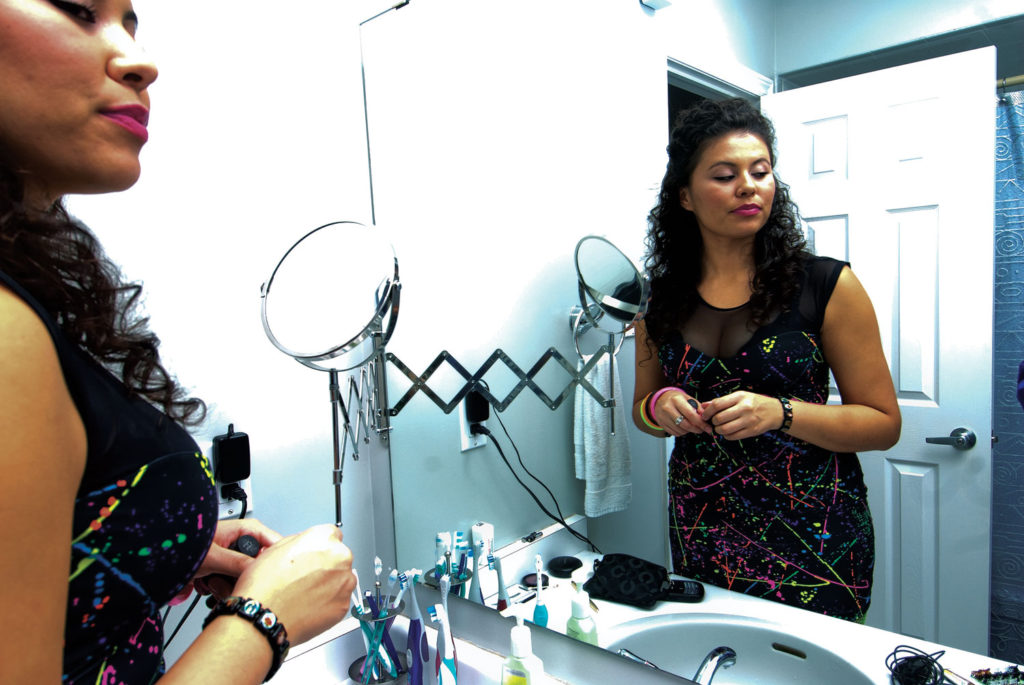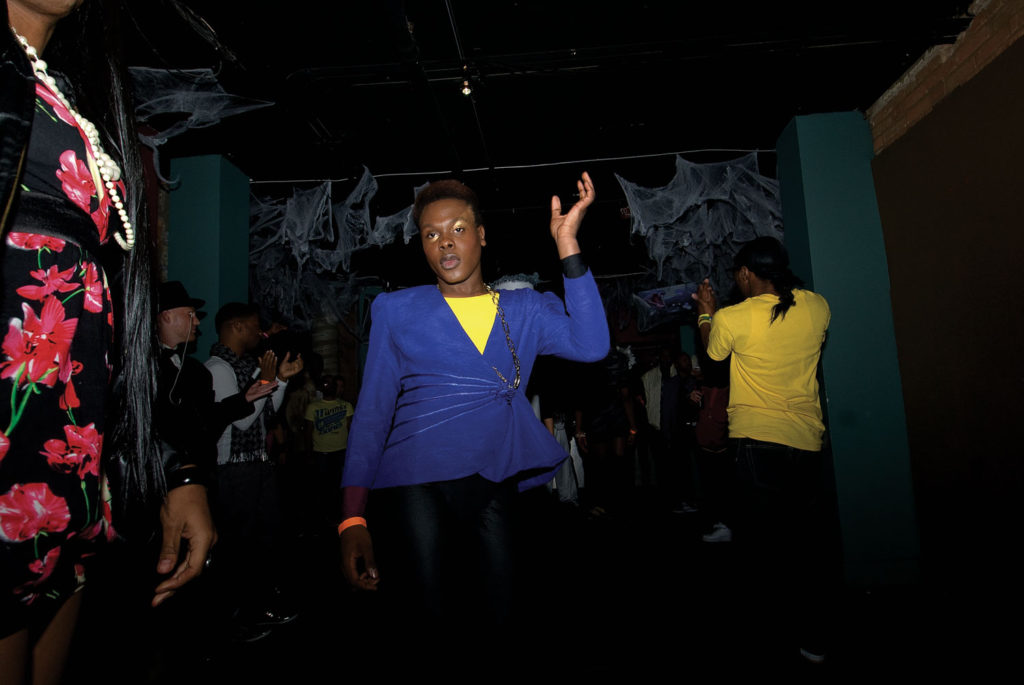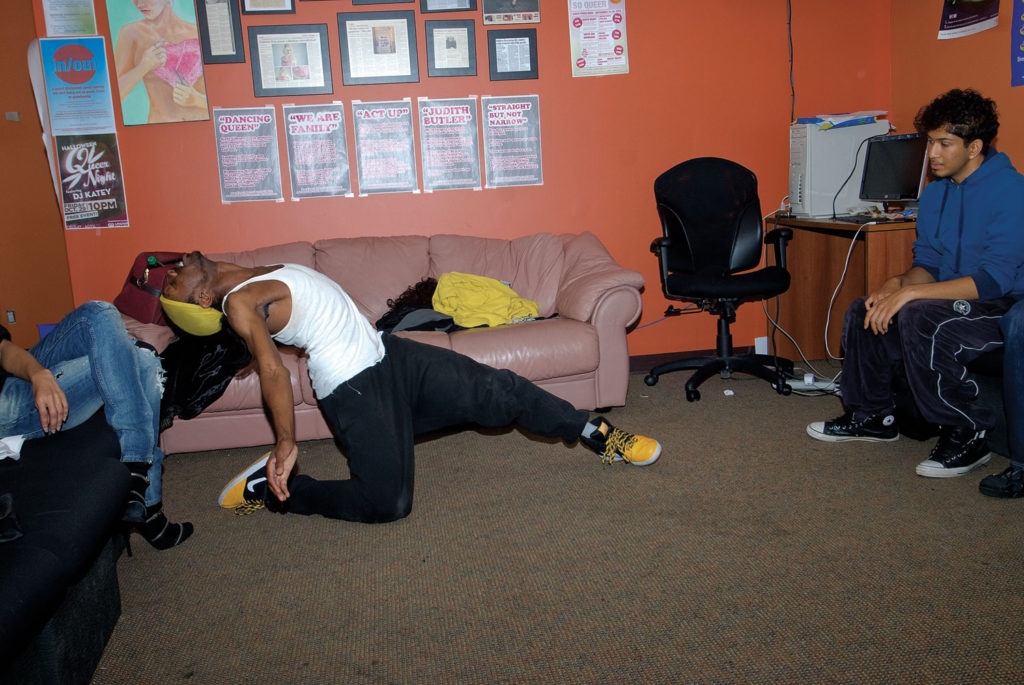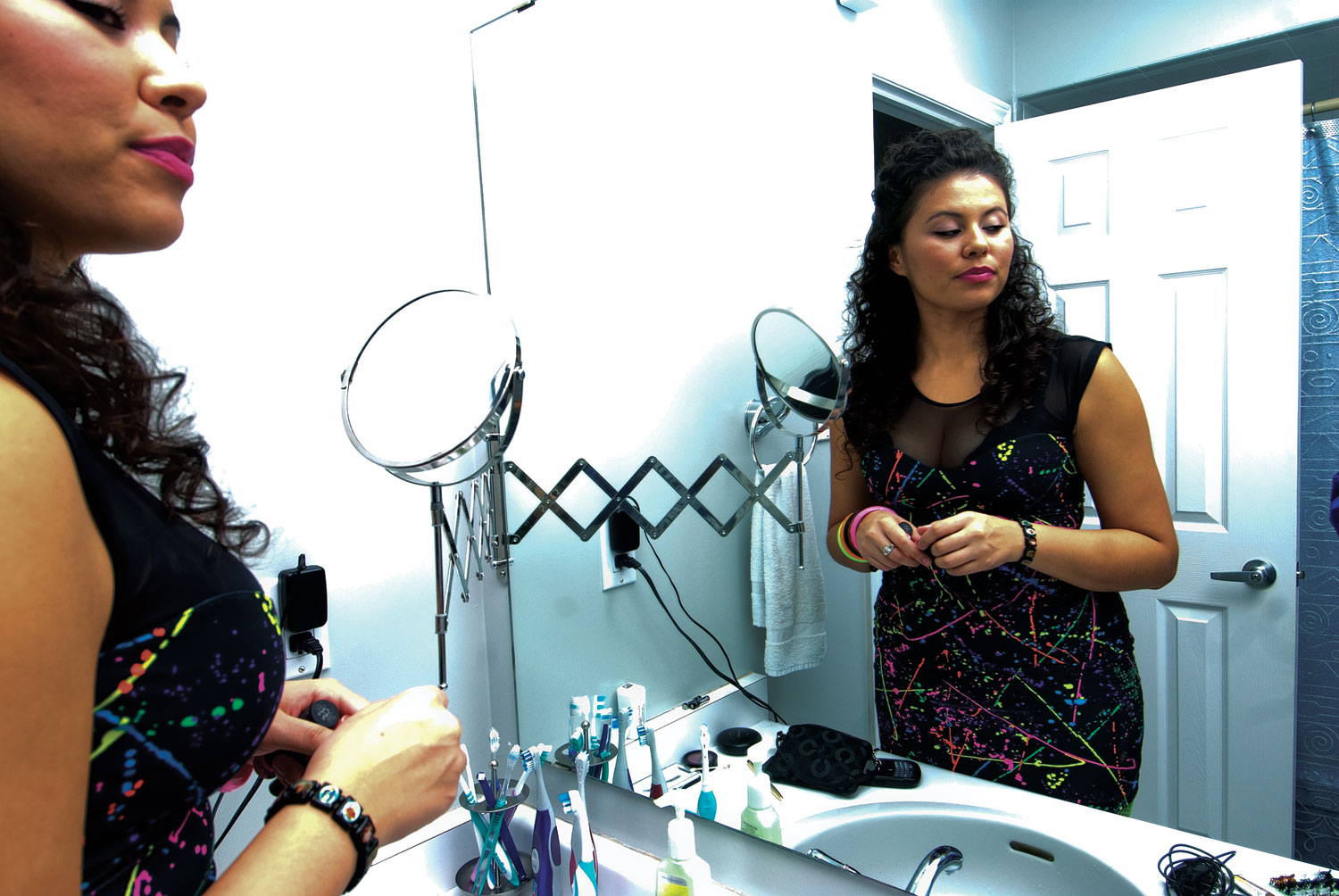
Naomi Bain
Queer & Trans Issue Coordinator
There’s a new family in town.
House of Monroe, Toronto’s premier voguing and ballroom scene house, has been changing the face of the queer and trans community since 2006, when a group of dedicated friends decided they wanted to bring a new twist to an old dance form.
The house has since expanded to include dancers, singers, actors, writers and all-around entertainers.
The house and ballroom culture is a major part of lesbian, gay, bi- sexual, trans and queer (LGBTQ) history. It emerged during the Harlem renaissance in the 1930s, but really started to gain popularity in the late ’70s and early ’80s, when many LGBTQ members began coming out to their communities and loved ones. Many of them would eventually be disowned by their families, leaving them looking for mentors and a place to call home.
Even today we’re often searching for a place of belonging, a family that can love and accept us for who we are without any judgment. I believe that’s part of the reason the house scene and ballroom culture are gaining so much popularity locally and abroad.
I discovered House of Monroe in the spring of 2010, when I attended their “Feeling Like a Daisy Ball.” From the beginning I was captivated by their fabulous dance moves, confident struts and their amazing sense of fashion. Ultimately, it was my personal interactions with members of the House that made the real difference.
House of Monroe has really set an example of what it means to be a family in today’s society; it’s often said that wherever you see one Monroe, you’ll see another. Mother TKO, aka Tyra, and Father Marvel have instilled some terrific values in their children, values like being there for one another, having life goals – each member of the house has to be either working or attending school – celebrating and supporting each other’s accomplishments and truly showing com- passion and love for one another.
We may not like each other every moment of the day, but we will always love one another. The house currently has 11 children: seven sons, Prince Twysted, Snoopy, Kash, Chosen, Gadget, J-Flex and Charmed; and four daughters, Jordyn, Starr-Baby, Trixxie and me, Mizzy NayNay.
House of Monroe is heavily involved in the LGBTQ arts and entertainment scene, but we also do community service. Whenever we host balls or have performances, part of our revenue is usually donated to charities; we also perform for charity events and community outreach projects.
For example, every year we perform at Blockorama at Pride, an event focused on bringing together the Afro-Canadian queer and trans population. Many of our group members have met through community programs such as Black Queer Youth, as well as Spektrum. Many of our group members take on the role as gay parents or men- tors to queer and straight youth, providing them a role model they can rely on and relate to.
I believe that House of Monroe is a major part of the queer and trans community; we represent a unique section of Toronto. As the ball culture continues to grow, we are able to provide a feeling of belonging for many people looking for a support group. Even though I have only been in the scene a few months, I have seen tremendous growth within myself; I have a new confidence that I was hiding away before, and I have to give my family some credit for this. They have taught me how to stand strong, and in a group where so many people have something to say, I’ve learned how to use my voice.
VOGUE, WHAT?
House: a loose-knit, typically same-sex confederacy of “children” who adopt a family name, usually swiped from a fashion designer, and adhere to rules set up by a presiding “mother” and “father.”
Ballroom Culture: an underground U.S. LGBTQ subculture in which people “walk” (compete) for trophies and prizes at events known as balls; participants from houses often vogue or “walk” in “balls” where they are judged on dance skills, costumes, appearance, attitude and “realness” (a measure of how convincingly someone can pass for another gender)
Vogue: a highly stylized modern house dance that evolved out of U.S. inner-city club scenes in the late 1980s, like the Harlem ballroom dance scene; it gained mainstream attention when Malcolm McLaren featured it in his 1989 hit single “Deep in Vogue,” and when Madonna spotlighted it in her “Vogue” song and video. Vogue recently returned to the public eye thanks to dance group Vogue Evolution of America’s Best Dance Crew.


We are family: House of Monroe


